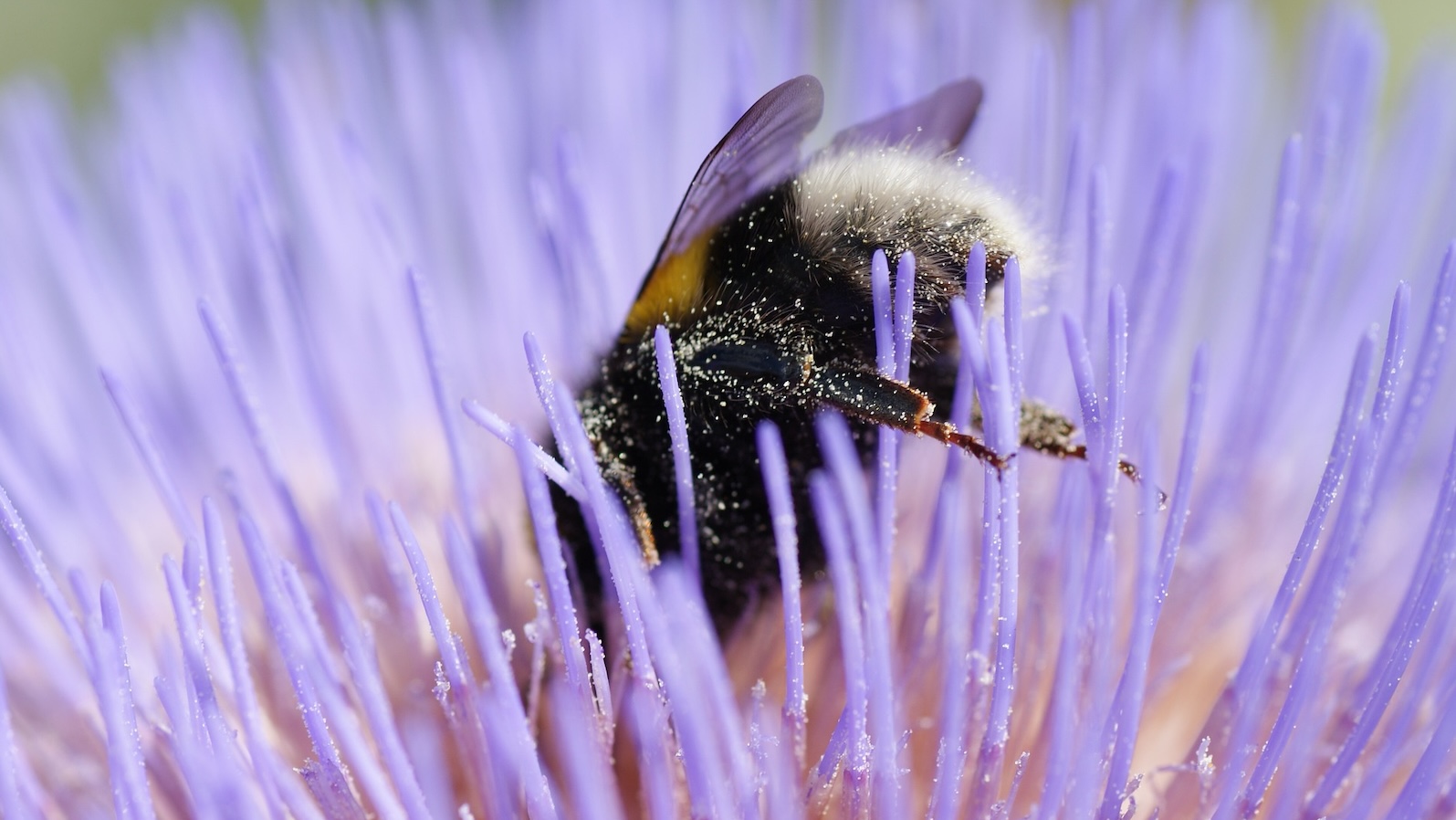
Help save the bees with a matched donation this Earth Day
Until midnight on April 22, generous donors will match your Earth Day gift, up to $50,000 nationwide. Will you donate to have twice the impact?
New Florida wildlife refuge is established on the 121st birthday of the National Wildlife Refuge System.
Pelican Island National Wildlife Refuge in Vero Beach is special. It’s the nation’s very first national wildlife refuge designated by President Theodore Roosevelt in the spring of 1903. At the time, wearing hats that featured layers of feathers, like the snowy white ones found on an egret, were the height of contemporary fashion for ladies. Mature birds were hunted and killed for their feathers, often leaving little ones behind that would starve. Swans, eagles and hummingbirds also suffered similar fates. President Roosevelt established the refuge as a safe haven of protection for nesting birds.
The Department of the Interior is celebrating the 121st birthday of the wildlife refuge system in the very spot where it all started. The gift, a new wildlife refuge in Southwest Florida. Secretary Deb Haaland unveiled a plank along a boardwalk in the Pelican Island Refuge with the new conservation areas name on it. The Everglades to Gulf Conservation Area will include 4-million-acres that will span 12 Florida counties west of Lake Okeechobee from Lakeland to Naples.
The U.S. Fish and Wildlife Service will work to preserve the land encompassed in the Everglades to Gulf Conservation Area through conservation easements with willing landowners.
“By working with our partners including private landowners, the U.S. Fish and Wildlife Service will be able to conserve important habitat to support recreation and working lands, protect species, address the biodiversity crisis and build resilience in the face of climate change.” said Assistant Secretary for Fish and Wildlife and Parks Shannon Estenoz
The new refuge is meant to help address broad public concerns regarding the loss of wildlife, habitat, access to natural lands and waters and water quality. Public comment on the Everglades to Gulf Conservation Area wrapped up last fall with strong engagement from the southwest Florida community and environmental groups including Environment Florida.
Refuges and conservation areas not only provide sanctuary for wildlife and other species, many of which are endangered, but they also provide recreational and educational opportunities for Americans. They bring value to the surrounding communities as places to immerse yourself in the wild natural world. Close to 1-billion-acres are part of the National Wildlife Refuge system nationwide. Florida has 29 refuges, the third most in the country behind California and North Dakota.
Until midnight on April 22, generous donors will match your Earth Day gift, up to $50,000 nationwide. Will you donate to have twice the impact?
Donate Today
